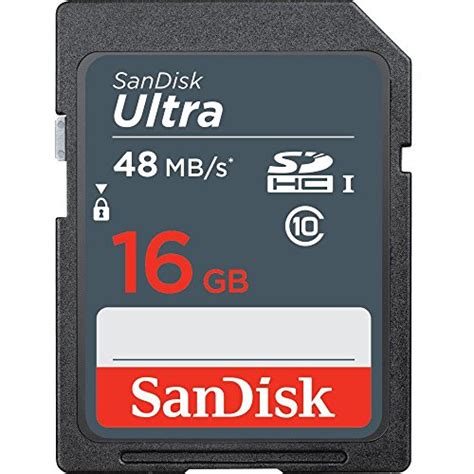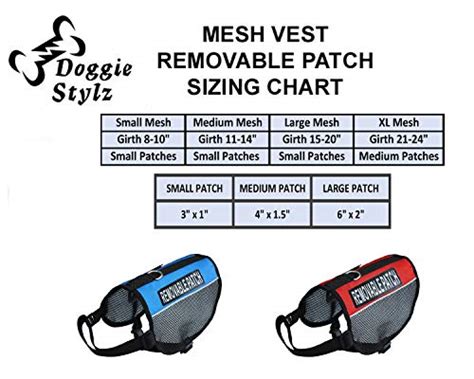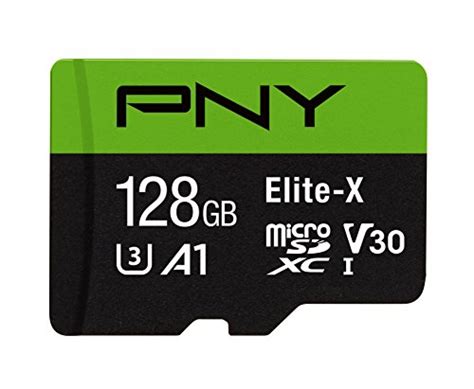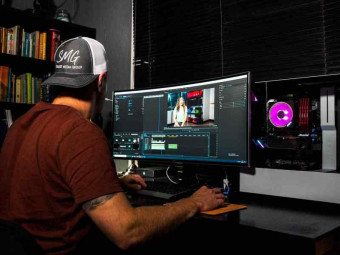27 March 2018
In this second post of our “Getting ready for the MDR” series, we look at how the MDR will affect manufacturers in classifying their devices according to the newly introduced rules and classification criteria.
Rules on medical device classification will not radically change under the upcoming regulatory system, which will apply as of 26 May 2020 (subject to a transitional period). However, the MDR introduces some important changes that could affect the classification and borderline determinations of medical devices. We outline below the key changes to classification criteria that manufacturers need to be aware of in order to reconsider whether their devices are covered by the MDR or whether they are subject to reclassification.
Revised definition
The MDR does not substantially change the current definition of a medical device contained in the MDD and AIMDD – the intended purpose of the manufacturer remaining key to the classification of a product as a medical device – though adds a few new terms (e.g. implant, reagent, prediction, prognosis) which mainly seem to serve a clarification purpose. The reason for this revision is that the MDR integrates two pieces of legislation (MDD and AIMDD) into one, and also aligns the MDR definition with the definition contained in the In Vitro Diagnostic Regulation (IVDR).
The MDR definition clarifies that products specifically intended for the cleaning, disinfection or sterilisation of medical devices are considered medical devices.
Broader scope
The MDR introduces new rules for products and devices that are not currently covered by the MDD or AIMDD. In particular, the MDR will apply to certain products without an intended medical purpose (listed in Annex XVI), which includes aesthetic or other implantable or invasive products such as non-corrective contact lenses, equipment for liposuction or hair removal lasers. The European Commission is empowered to add new groups of products to Annex XVI by means of delegated acts.
In addition, devices manufactured utilising non-viable human tissues or cells, currently exempted from the MDD and AIMDD (except human blood or plasma), will be considered medical devices. Moreover, the MDR specifically regulates devices incorporating or consisting of nanomaterial and introduces different classes in accordance with the level of exposure that they present. Manufacturers of these devices will be significantly affected as they do not have to comply with safety and performance requirements related to medical devices under the current regulatory framework.
In contrast, the MDR clarifies that products utilising viable biological materials or viable organisms such as bacteria or fungi are outside the scope of the medical devices framework.
Devices subject to reclassification
The MDR maintains the division of medical devices in four different classes (Class I, IIa, IIb and III). However, Annex VIII to the MDR introduces classification changes in relation to certain devices. For example, surgical meshes and spinal disc replacement implants or implantable devices coming into contact with the spinal column (except for screws, wedges, plates and instruments) will be up-classified to Class III. Similarly, all active implantable devices and their accessories will be considered as Class III.
The MDR provides that substance-based devices intended to be introduced into the human body via a body orifice or applied skin (Rule 21) may not be Class I. Consequently, substance-based devices currently in Class I will be up-classified and thus be subject to stricter requirements.
In addition, a new classification rule is likely to result in up-classification of several software products, which is expected to significantly affect the medical app industry. The majority of software currently falls under Class I. In contrast, the more stringent MDR requirements leave less room for the Class I classification. Changing from Class I to a higher class implies notified body involvement and conformity assessment procedures, which represents a heavier burden for software manufacturers in terms of budget and time planning.
Revised borderline determination mechanism
Currently, borderline determinations are usually based on the consensus of the member states as reflected in guidance documents such as the Manual on borderline and classification. However, these documents are not legally binding nor do they ensure harmonised application across the EU.
Article 13(1)(d) of the MDD contains a mechanism to – partly – solve borderline questions at the EU level as it allows member states to request that the European Commission decide whether a specific product falls within the definition of a medical device. The first Commission implementing decision on this basis was taken on 8 August 2017 with respect to cranberry products, which were not considered to fall within the definition of a medical device.
Article 4 of the MDR strengthens the powers of the European Commission by allowing it to decide on these issues at its own initiative (after consultation of the relevant agencies) in order to ensure a more consistent classification of borderline products in the EU. Importantly, some of the positions taken in the Borderline Manual may have to be reconsidered due to potential reclassifications brought by the MDR, which not only somewhat broadens the definition of a medical device (e.g. by considering the prediction and prognosis of a disease as a medical purpose) but also subjects some products without a medical purpose to the new rules (especially products for aesthetic purposes).
It is essential for manufacturers to assess – well in advance of the MDR application, i.e. 26 May 2020 – whether their devices are subject to reclassification or whether their products will fall under the extended scope of the MDR. Assessing the impact of potential changes and setting a strategic management plan will allow manufacturers to best tackle the transition to the new regime.
This post was co-authored by Eftychia Sideri & Marco de Morpurgo.
We use cookies on our site to remember you, show you content we think you will like and help you to use the site. For more details, please see our cookies policy.
Click 'Accept' to consent to cookies other than strictly necessary cookies or 'Reject' if you do not. You can change your mind at any time by visiting our cookie policy page.
 Smead 100 Recycled Pressboard Classification File Folder 1 Divider 2quot Expan
Smead 100 Recycled Pressboard Classification File Folder 1 Divider 2quot Expan
 Classic Accessories Veranda Water Resistant 11 Foot Patio Umbrella Cover
Classic Accessories Veranda Water Resistant 11 Foot Patio Umbrella Cover
 Sandisk 16 Gb Class 10 Sd Hc Ultra Flash Memory Card 10 Pack Bundle With
Sandisk 16 Gb Class 10 Sd Hc Ultra Flash Memory Card 10 Pack Bundle With
 Fairwin Braided Leather Dog Training Leash 6 Foot 56 Foot Military Grade H
Fairwin Braided Leather Dog Training Leash 6 Foot 56 Foot Military Grade H
 3m Reflective Dog Leash 5ft Long With Traffic Padded Handle Dog Training Leas
3m Reflective Dog Leash 5ft Long With Traffic Padded Handle Dog Training Leas
 How To Be Your Dogs Best Friend The Classic Training Manual For Dog Owners
How To Be Your Dogs Best Friend The Classic Training Manual For Dog Owners
 Classical Naptime For Tots
Classical Naptime For Tots
 Doggie Stylz Set Of 2 Reflective Therapy Dog In Training Removable Patches Wit
Doggie Stylz Set Of 2 Reflective Therapy Dog In Training Removable Patches Wit
 6 Pcs Service Dog In Trainingworkingstress Amp Anxiety Response Embroidere
6 Pcs Service Dog In Trainingworkingstress Amp Anxiety Response Embroidere
 Service Dog In Training Patch With Hook Back And Reflective Lettering For Servic
Service Dog In Training Patch With Hook Back And Reflective Lettering For Servic
 Four Paws Wee Wee Pee Pads For Dogs And Puppies Training L Gigantic Xl St
Four Paws Wee Wee Pee Pads For Dogs And Puppies Training L Gigantic Xl St
 Pny 128gb Elite X Class 10 U3 V30 Microsdxc Flash Memory Card 100mbs
Pny 128gb Elite X Class 10 U3 V30 Microsdxc Flash Memory Card 100mbs














